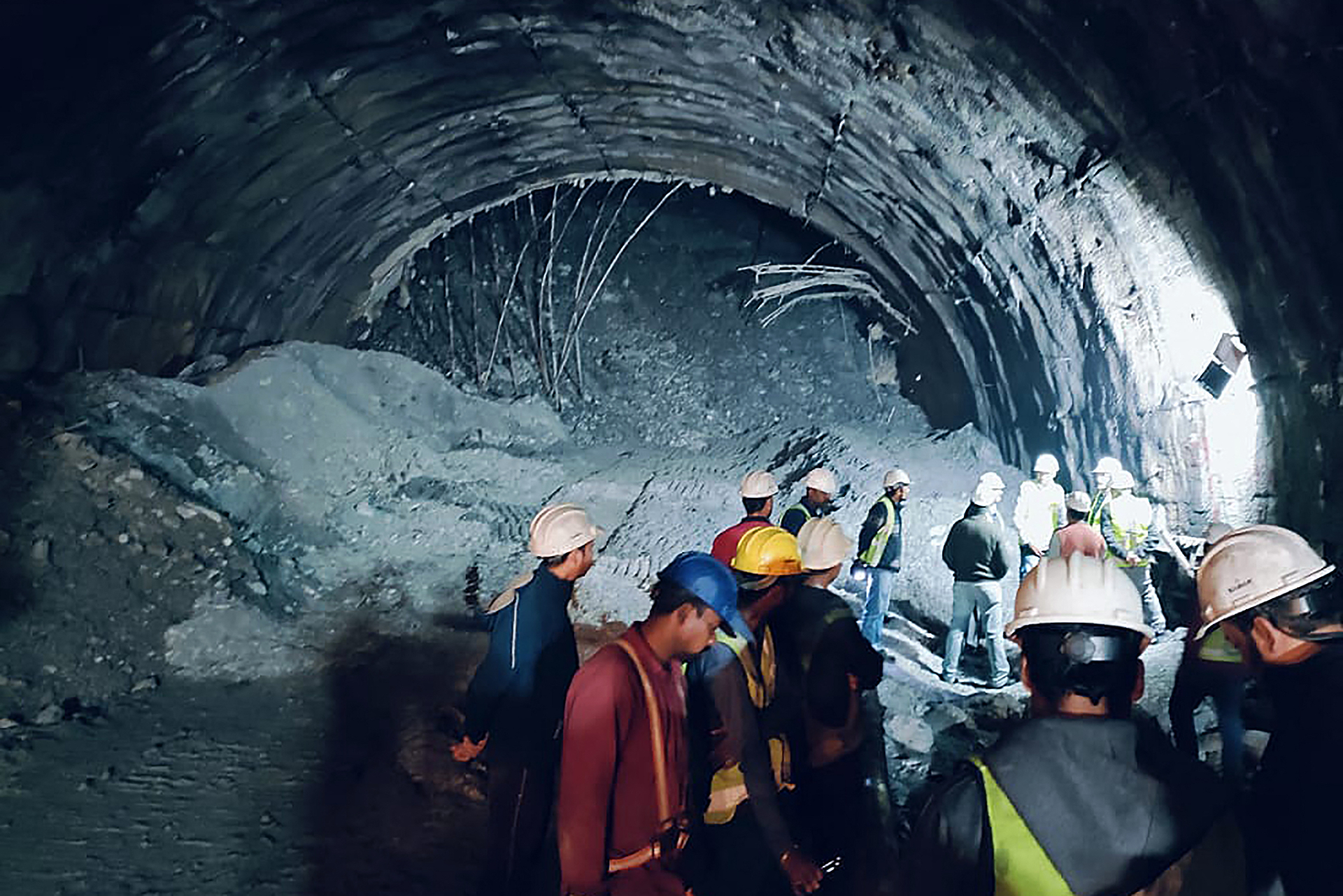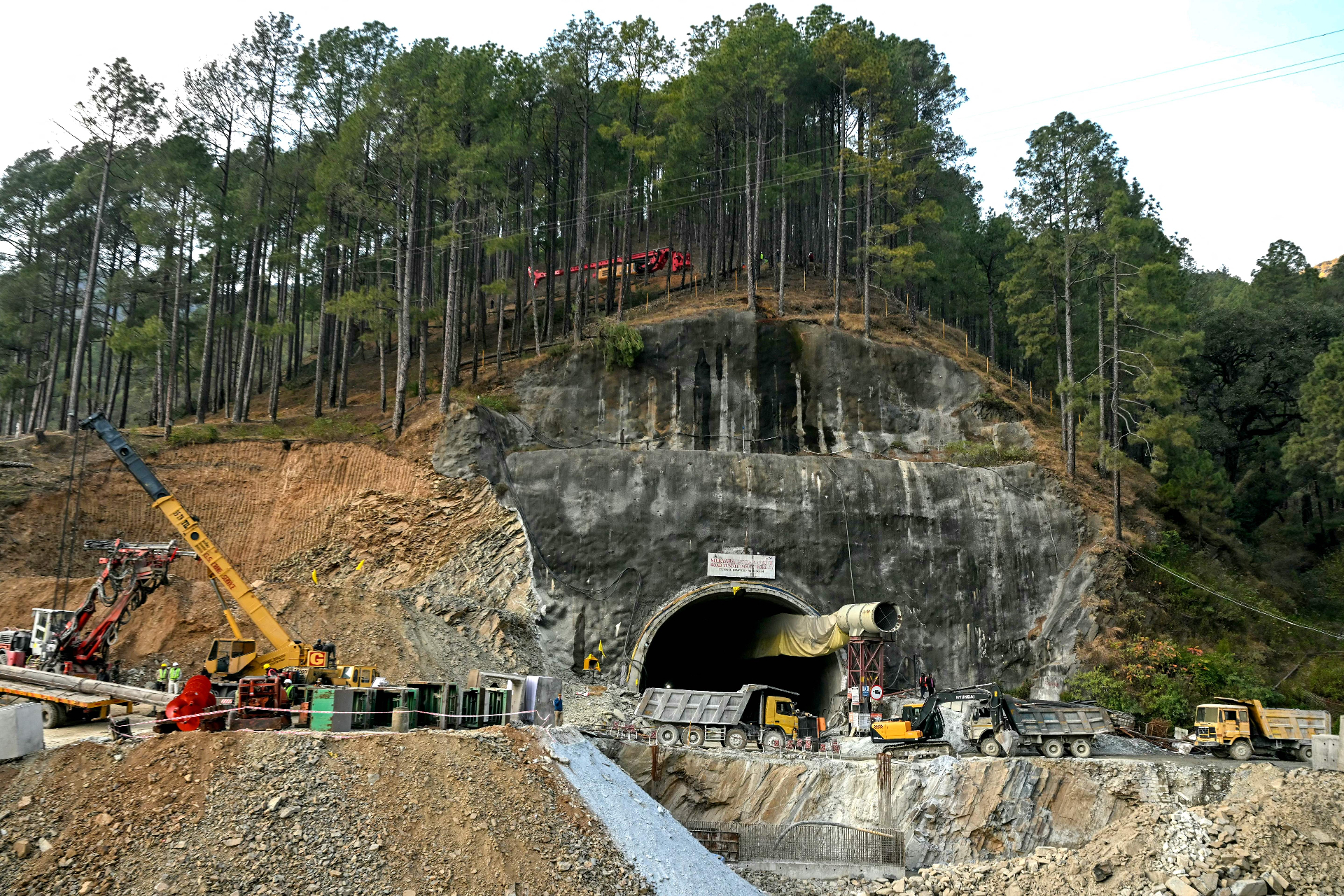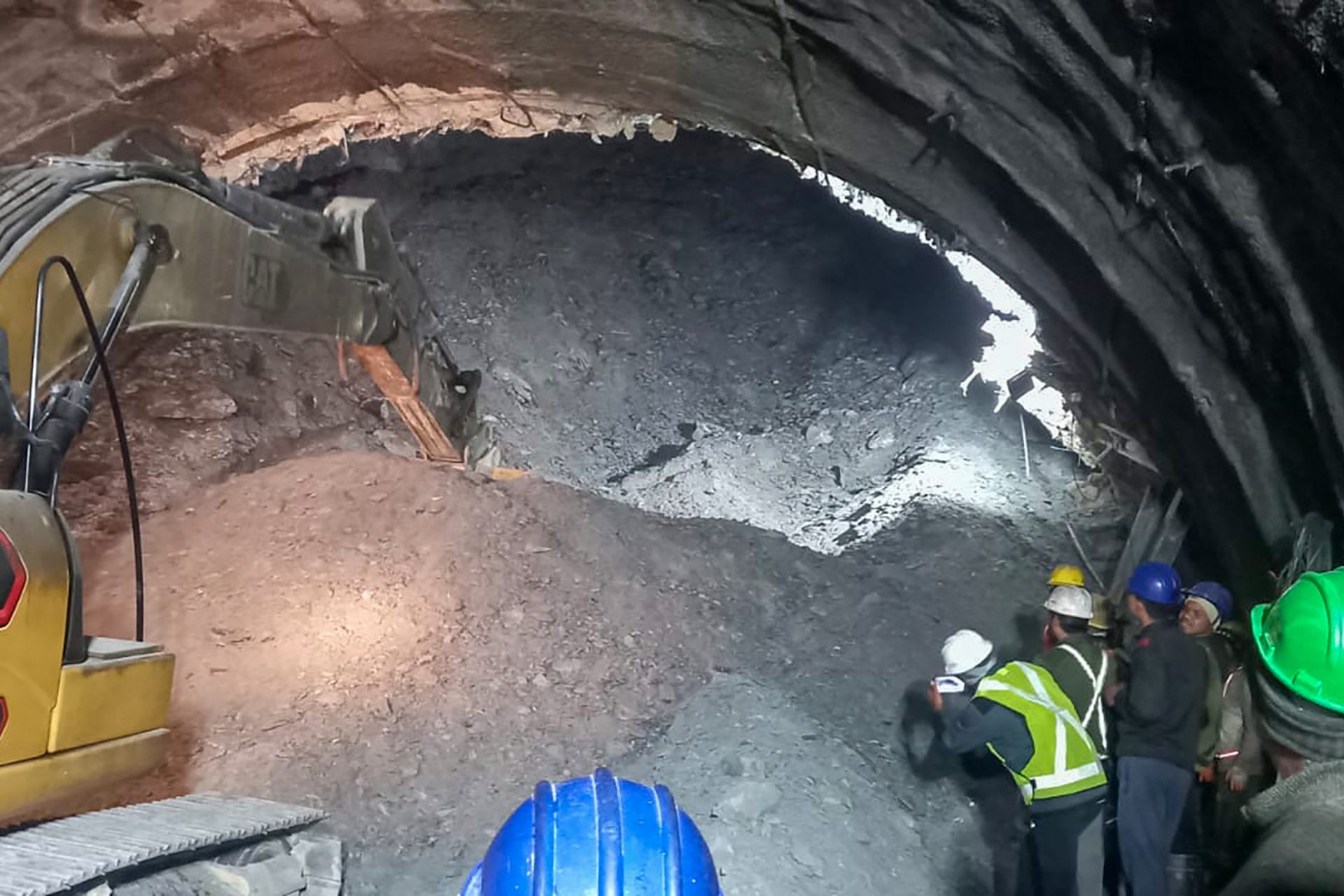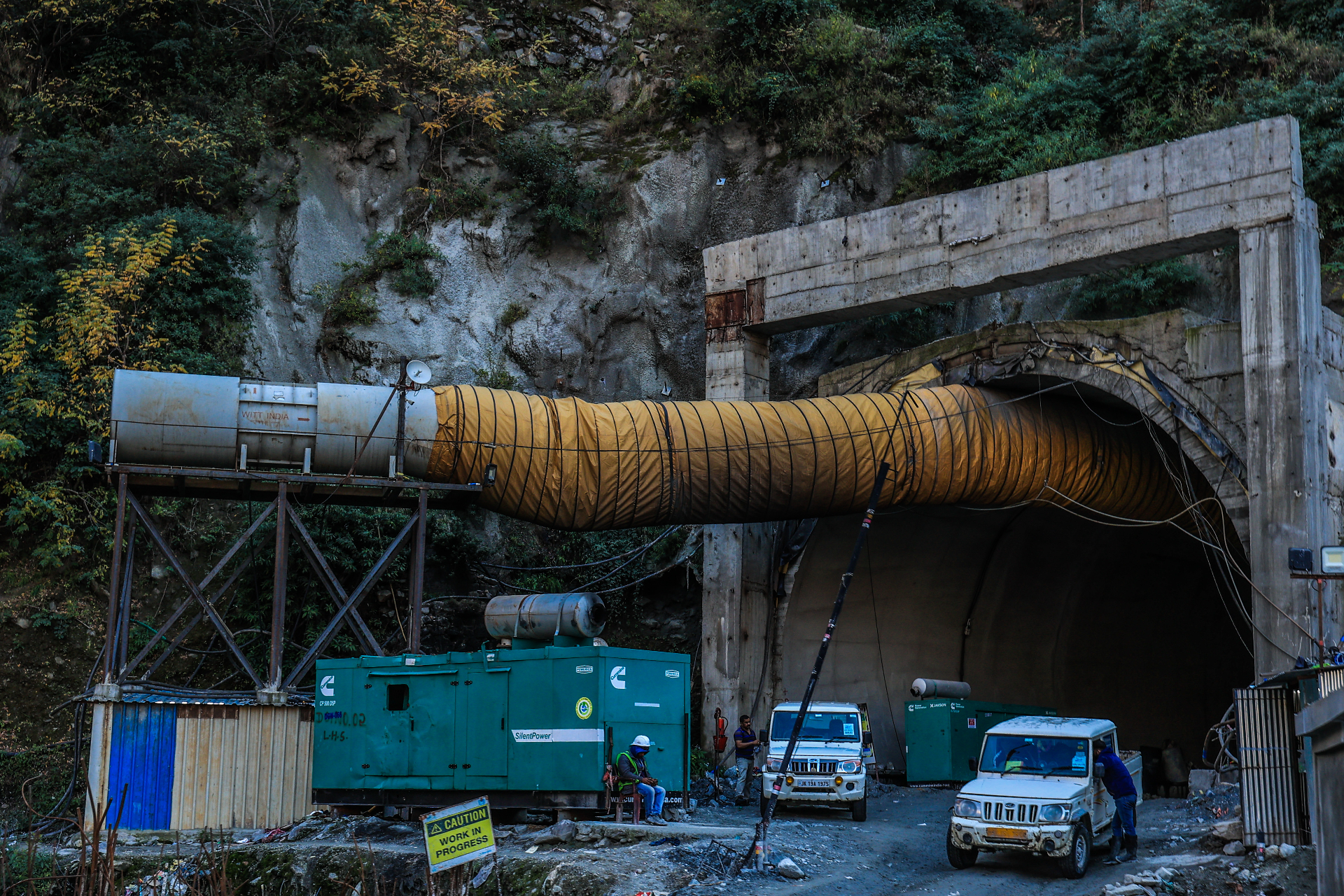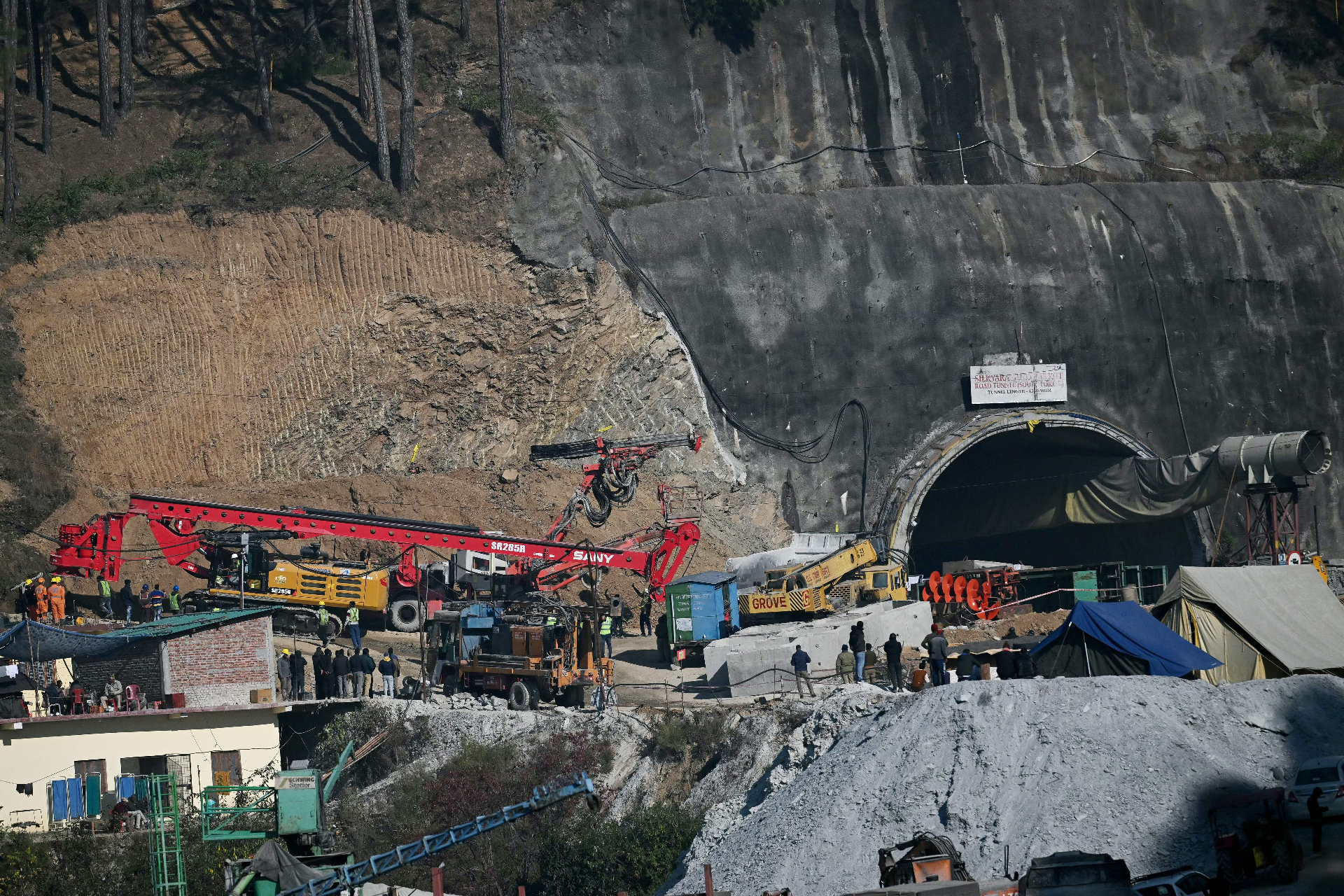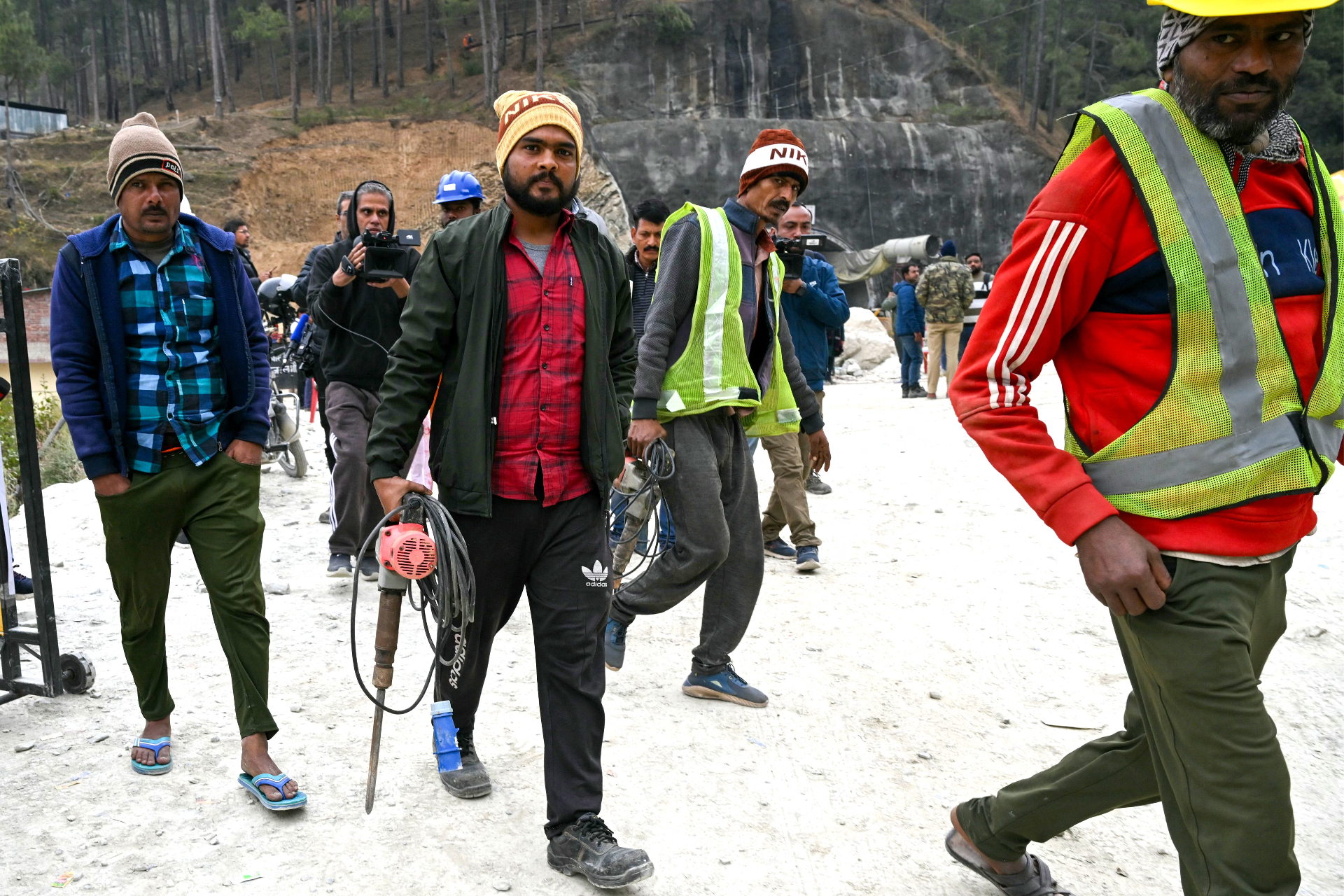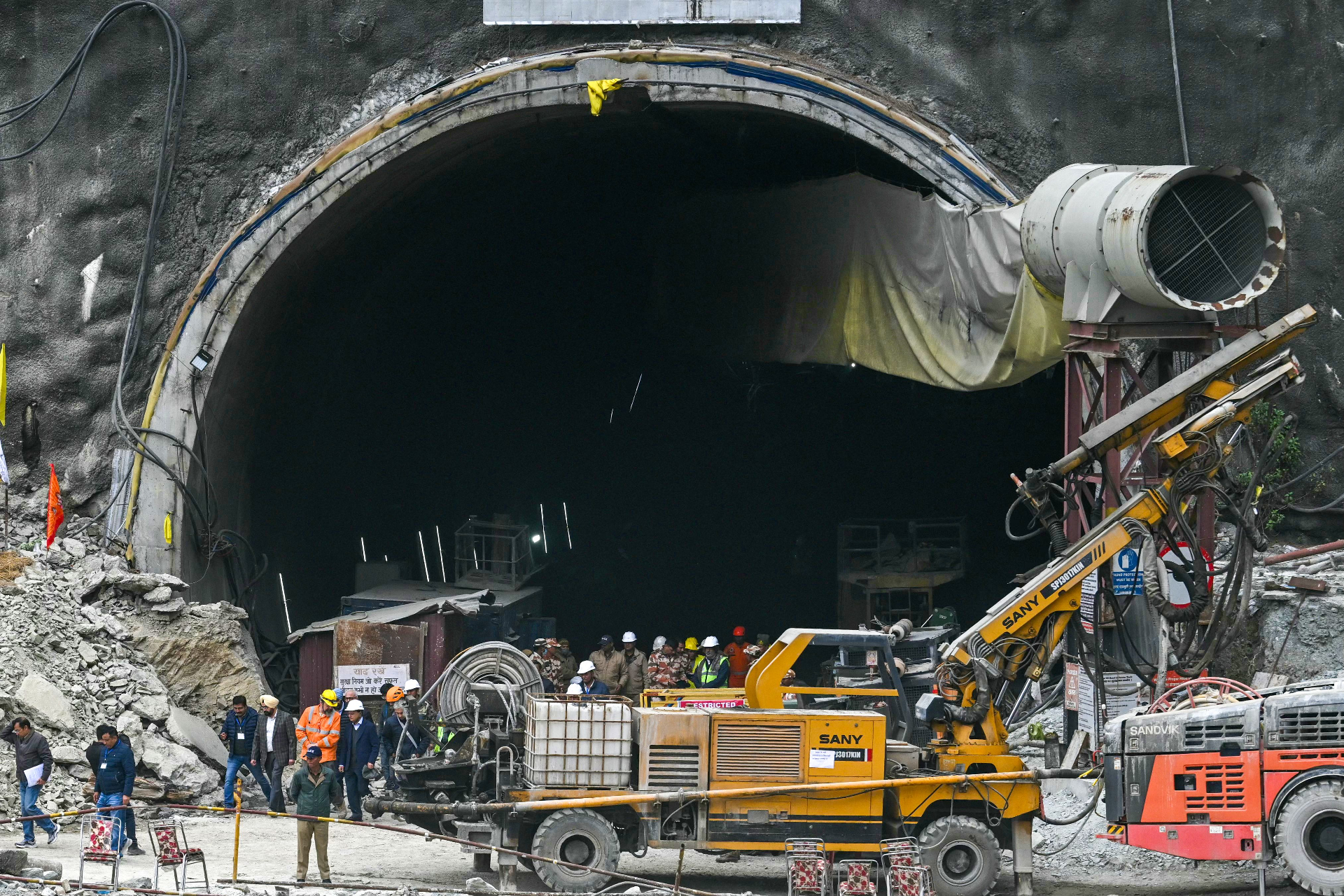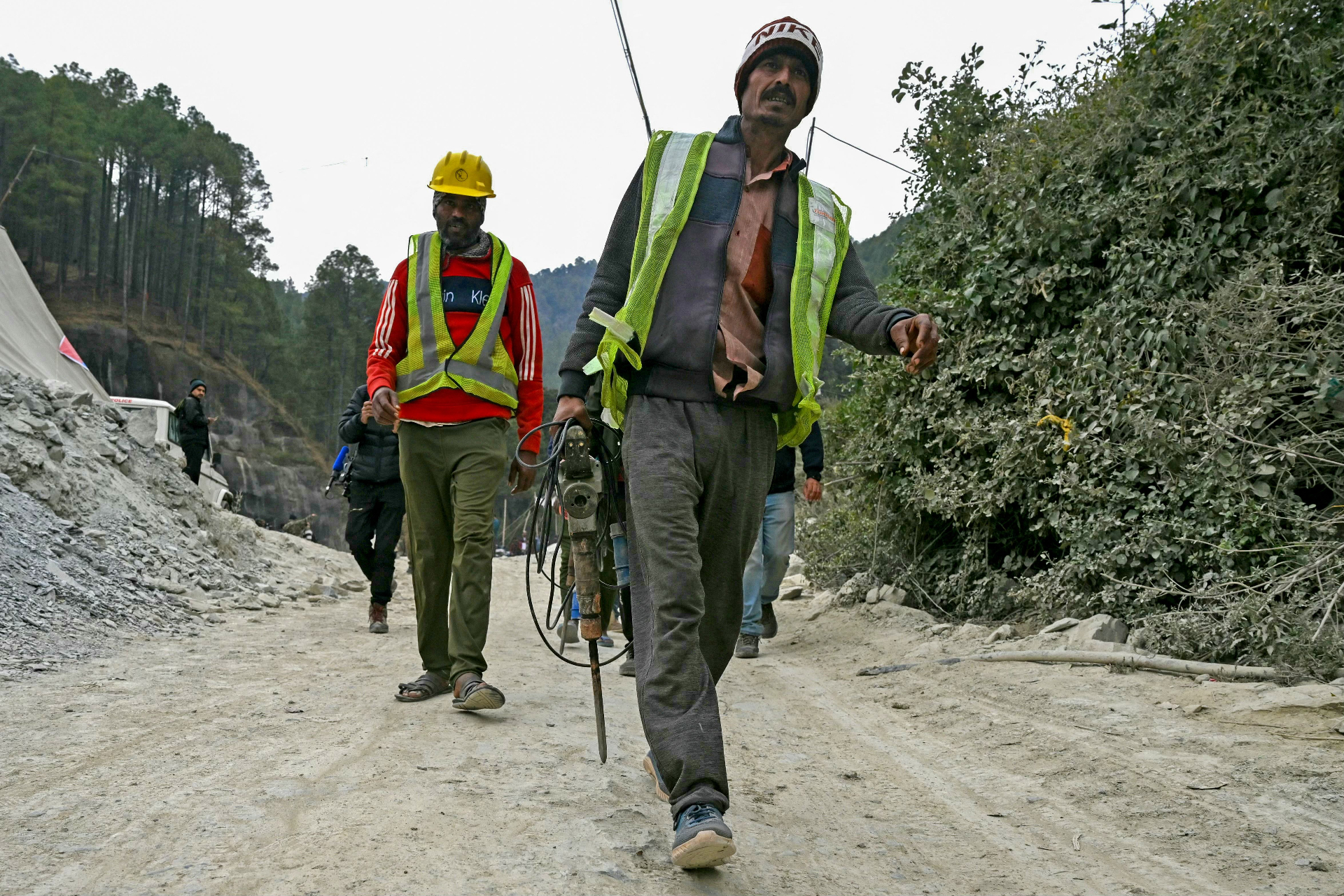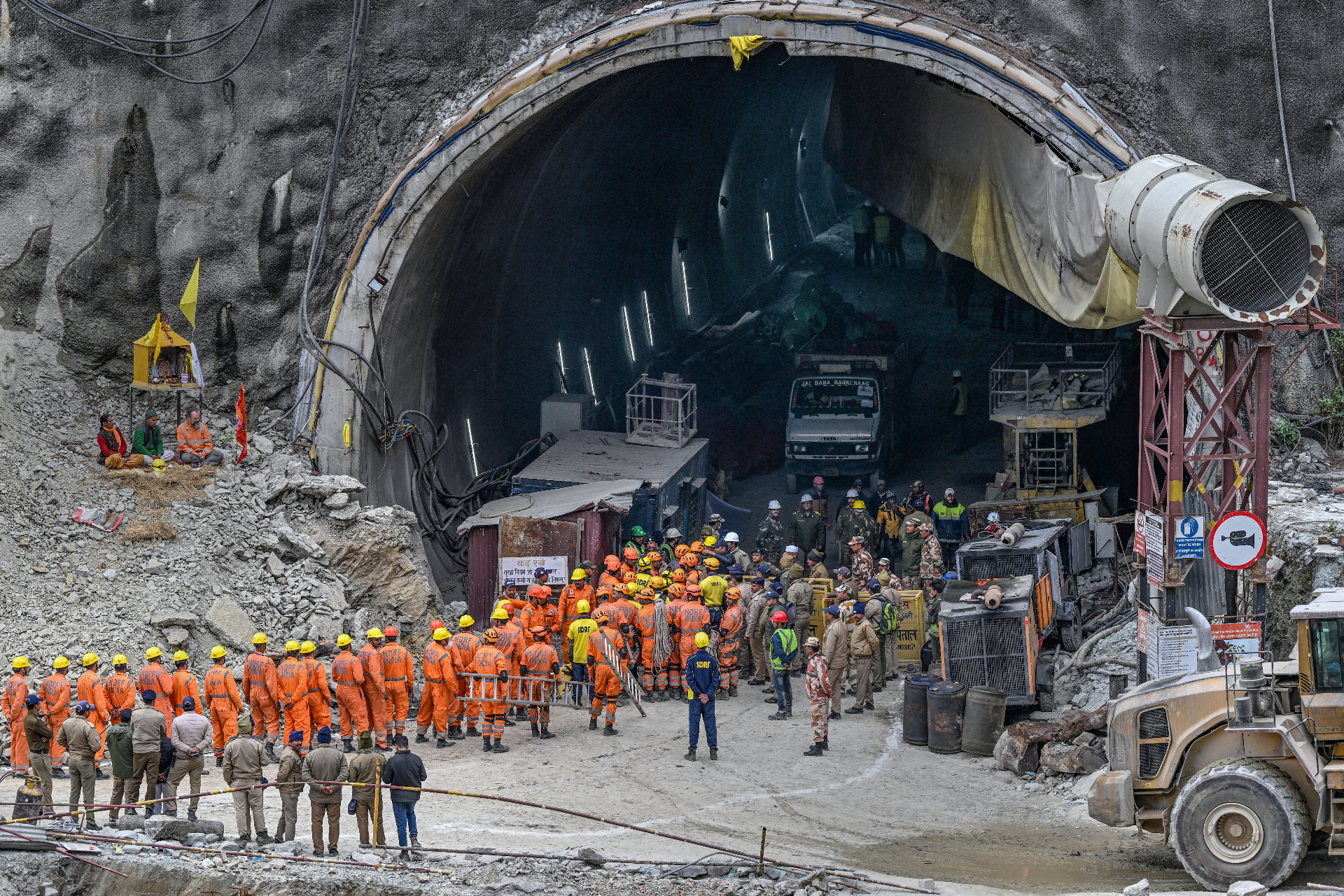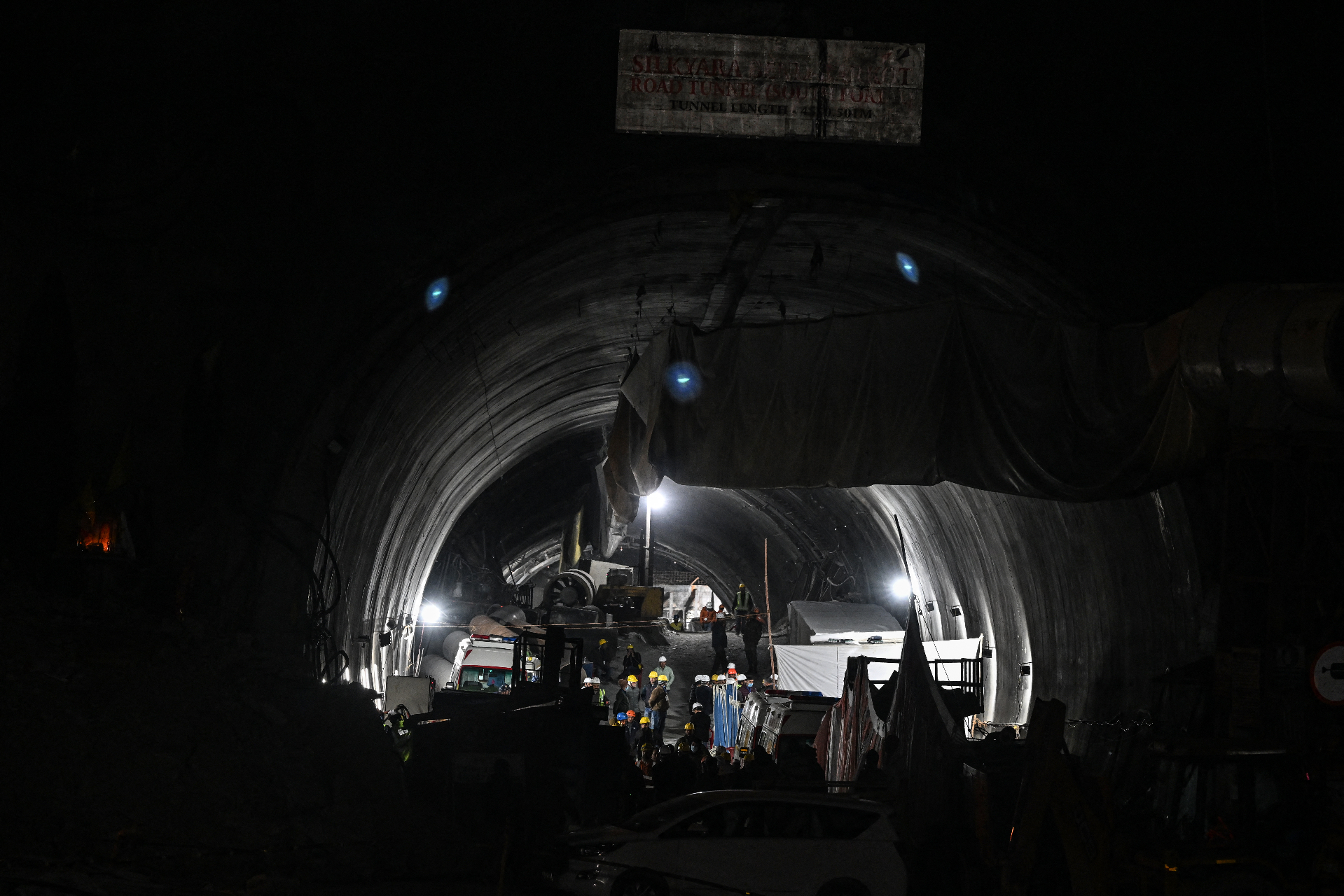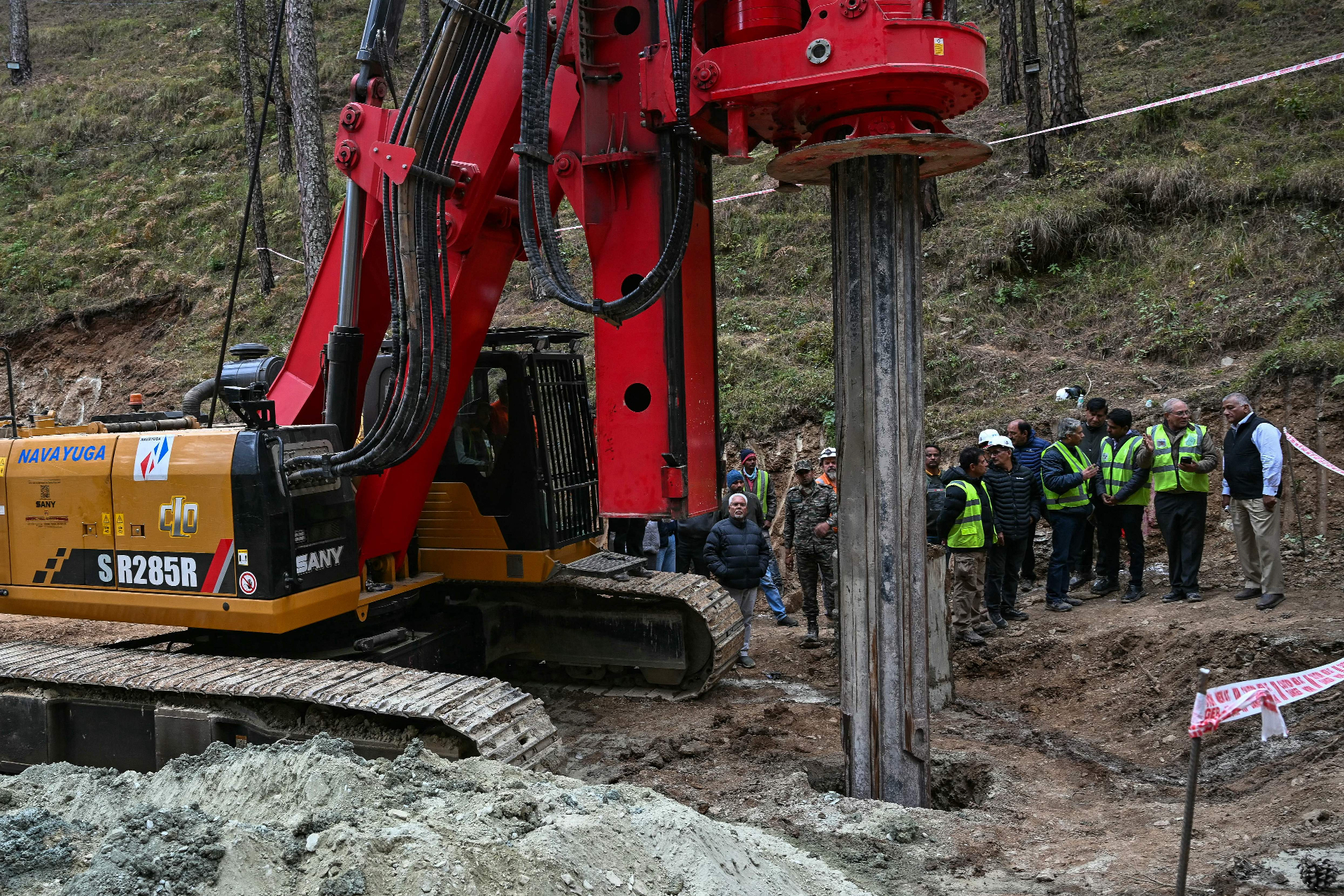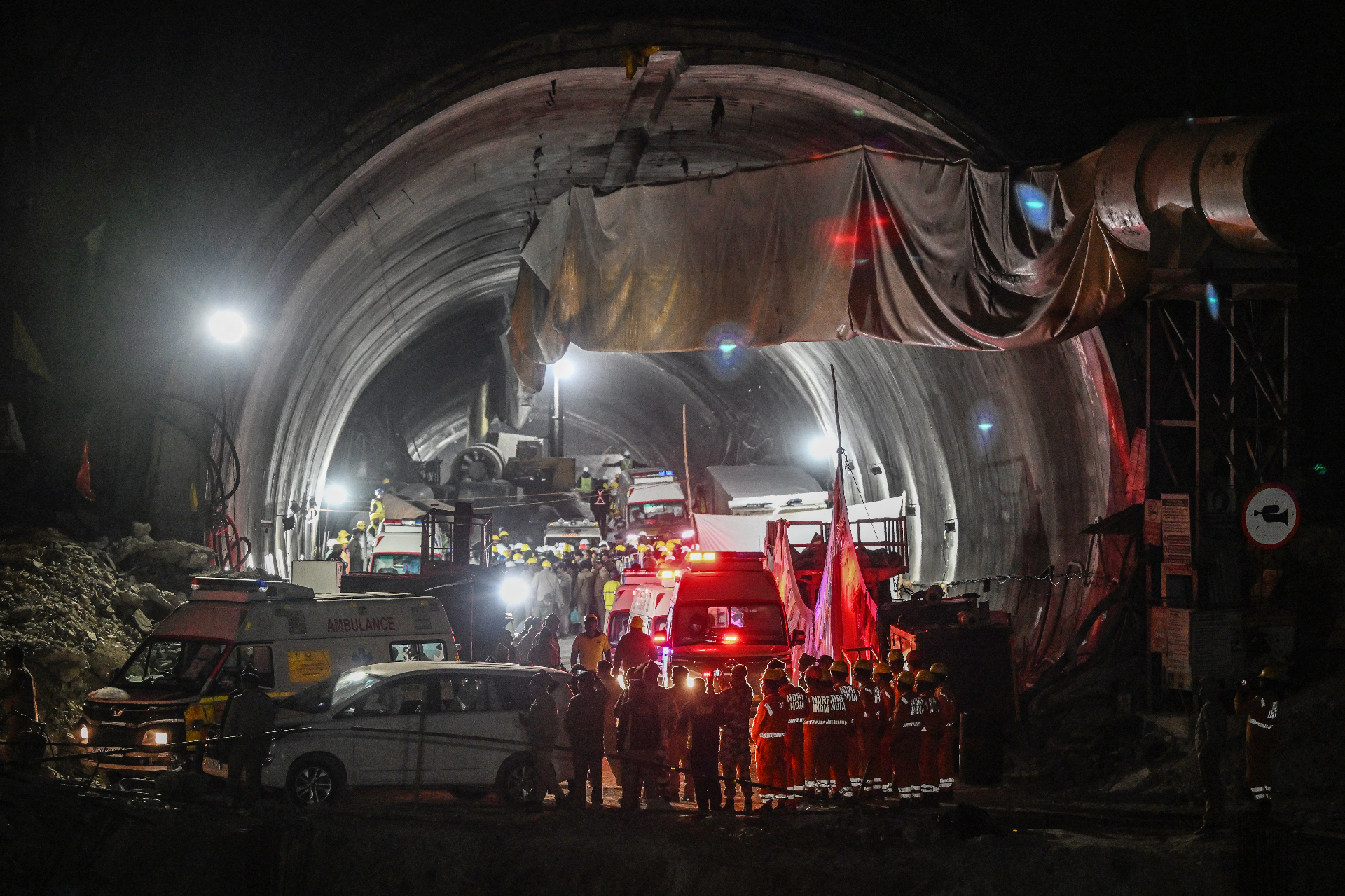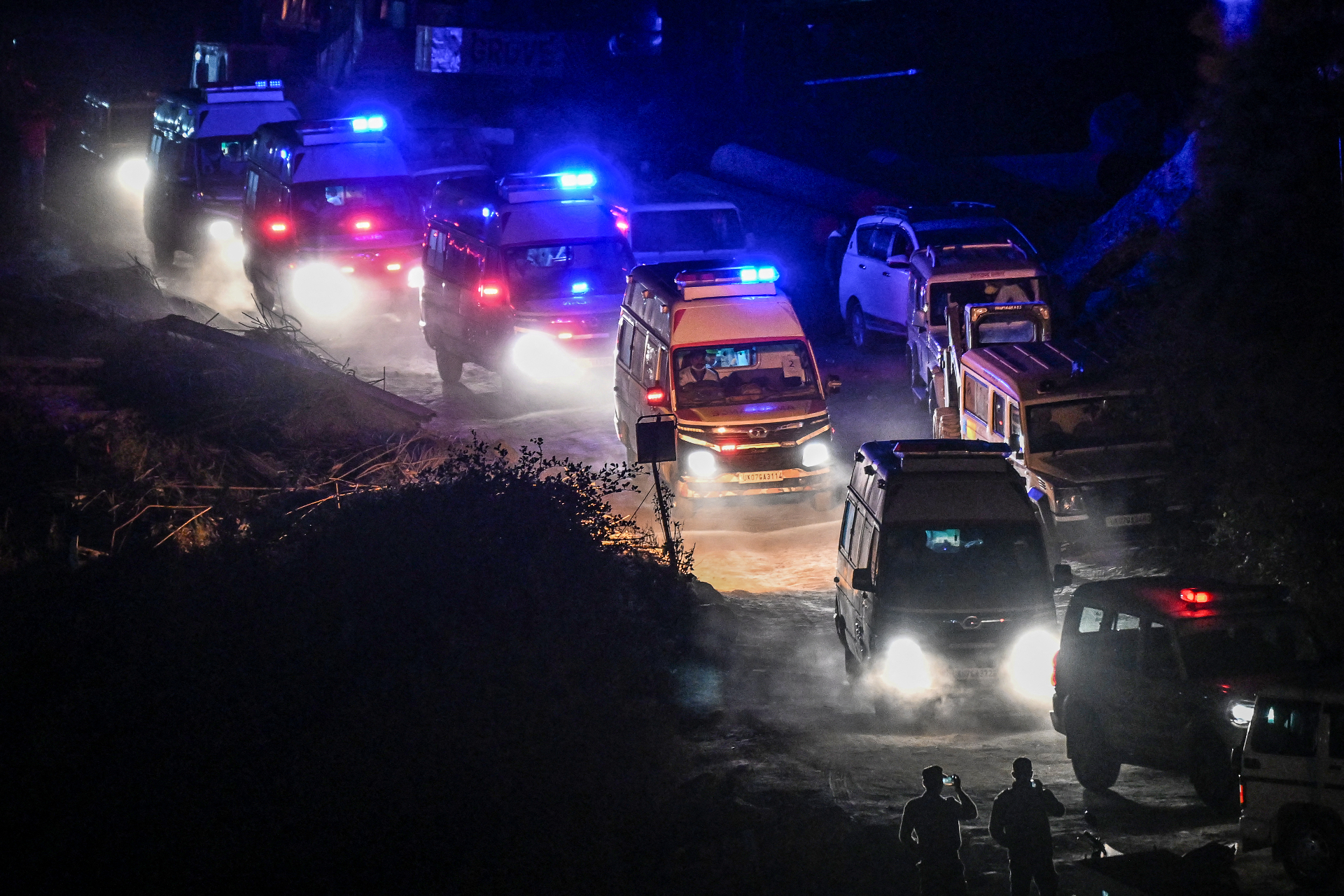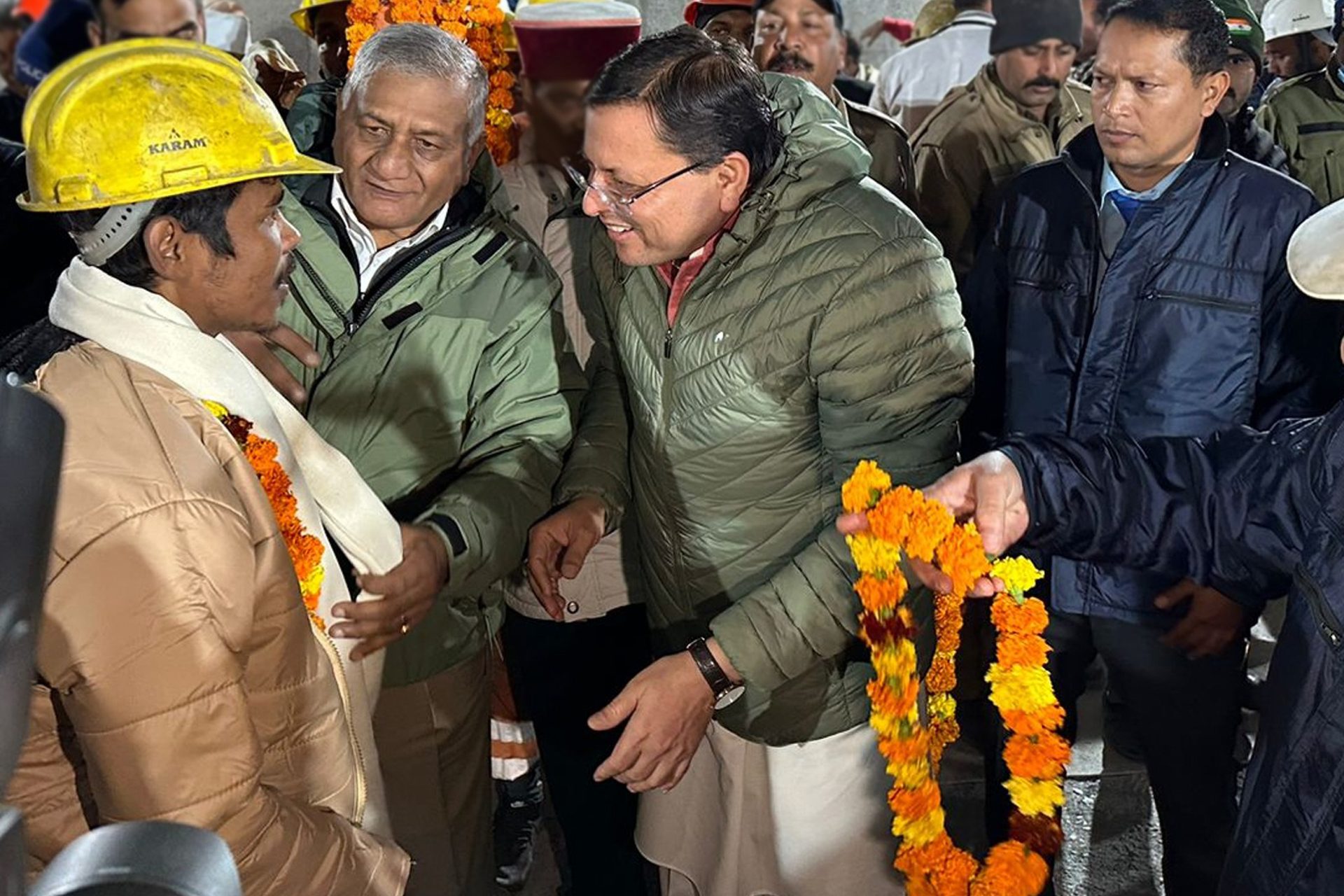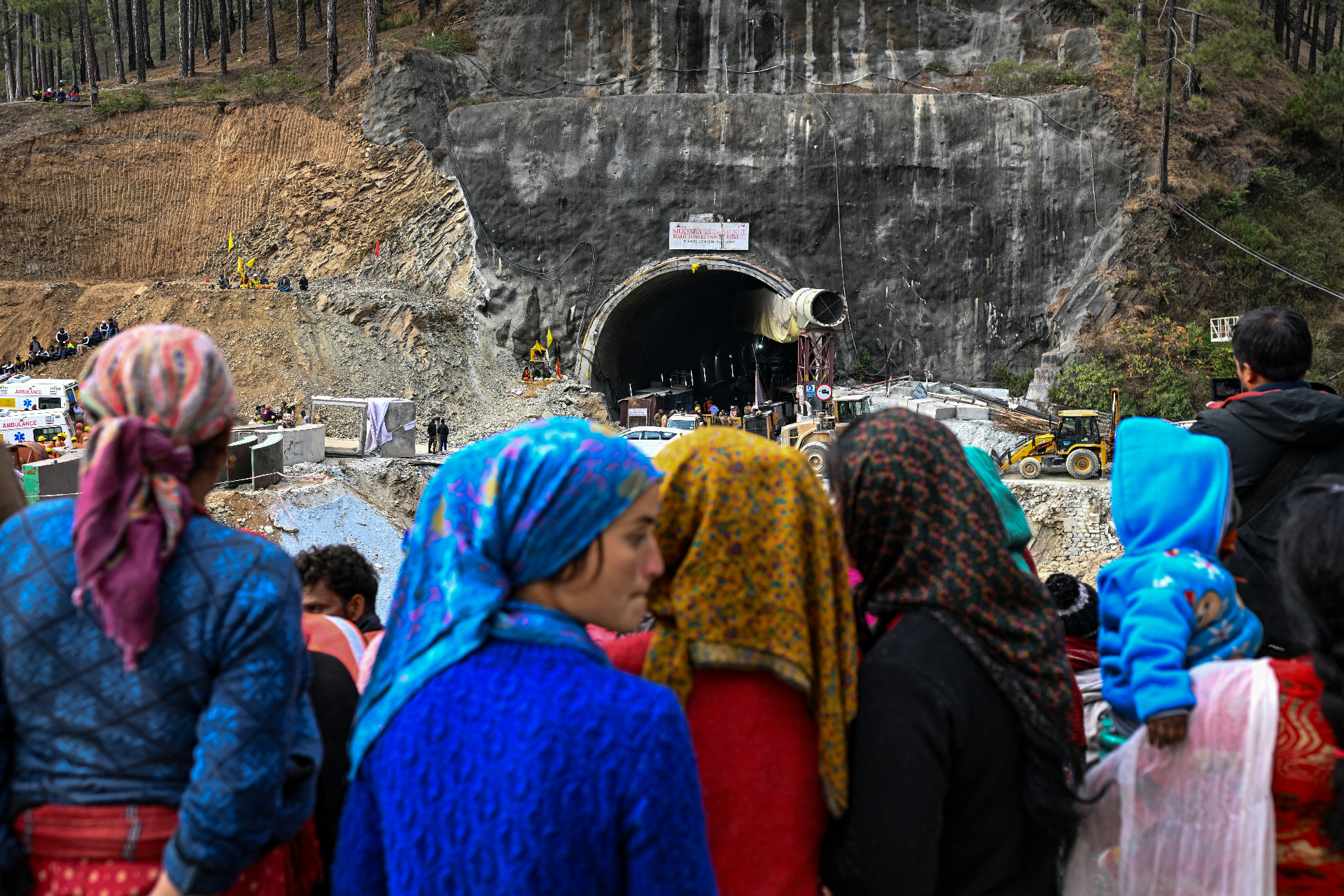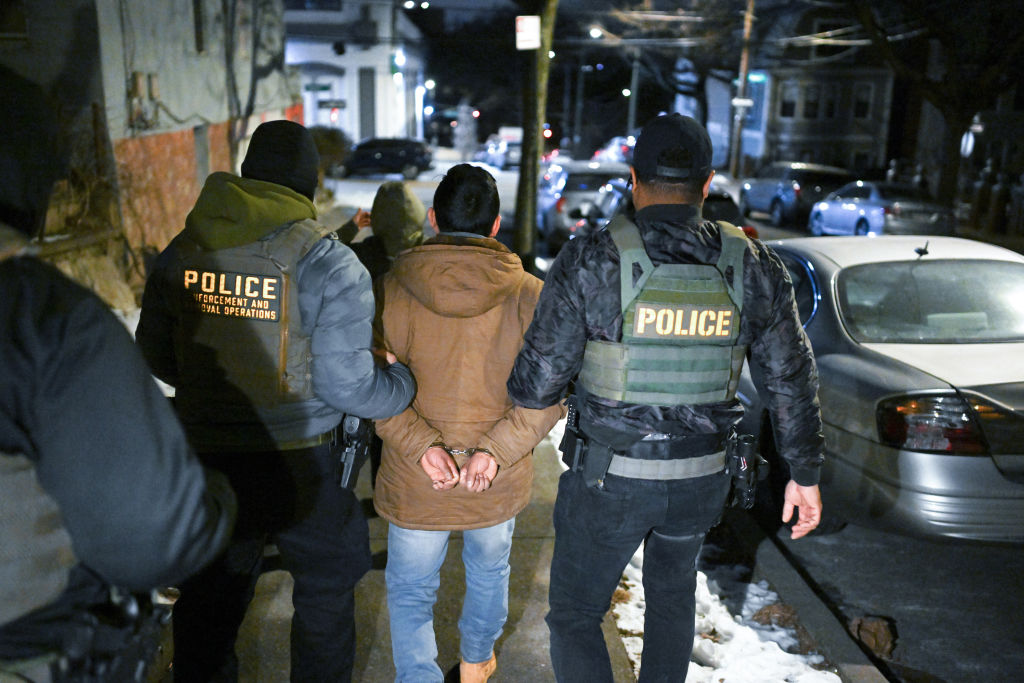'Rat miners,' the skilled workers that rescued 41 men from a collapsed tunnel in India
On November 12, part of a tunnel under construction in the Indian Himalayas collapsed, trapping 41 workers inside. The incident sparked a rescue operation that was a fight against the clock.
The construction workers, most of them from India's poorest states and with low wages, were trapped behind 200 feet of debris, according to a CNN recall of the incident.
Rescuers started using heavy machinery. However, the harsh conditions of the area slowed the operation. After more than ten days of work, the machine broke.
The machine was drilling horizontally to allow rescuers to introduce an evacuation pipe, allowing workers to exit through the debris. Still, the mountainous terrain was too much for the drill.
The machine only managed to drill about 150 of the 200 feet needed to create the passageway. Hence, the authorities devised a controversial and dangerous Plan B.
The second plan was to introduce workers known as "Rat miners" to continue pushing the pipe and drilling by hand from inside the hole made by the drilling machine.
According to Reuters, local officials described 'rat miners' as "skilled workers." The team, with six men, came from central Indian mines and had more than ten years of experience.
The news agency described 'rat mining' as a "primitive, hazardous, and controversial method." It is typically used to extract material from narrow tunnels in coal mines.
The miners entered the hole (3 feet wide) in groups of three: one to drill, a second one to collect the debris, and a third one to push it out using a trolley.
The six men worked in two teams that drilled round-the-clock. "The 41 men are also laborers, and we all want to bring them out," Rakesh Rajput, one of the miners, told Reuters, despite the danger of the operation.
Still, the local authorities devised a third plan to rescue the workers, using the same heavy machinery from the first days: they would drill vertically.
According to AP, while the operations continued, the trapped men received hot meals through a 6-inch pipe after days of eating only dry food supplied through a narrower hole.
The workers received oxygen through a second pipe. They also had dozens of doctors, including psychiatrists, monitoring their health on-site.
On the night of Tuesday, November 28, the 'rat miners' finally reached the workers, and the final stage of the rescue mission began. They were trapped for 17 days.
A crowd of locals gathered around the tunnel to celebrate the rescue with firecrackers, chanting "Long live mother India," while officials greeted the workers with flower garlands, the AP reported.
Image: Turkish Agriculture and Forestry Ministry / Handout
The workers were also greeted by their families, who had camped outside the tunnel for days to receive updates on the rescue effort and see their relatives as soon as possible.
More for you
Top Stories



